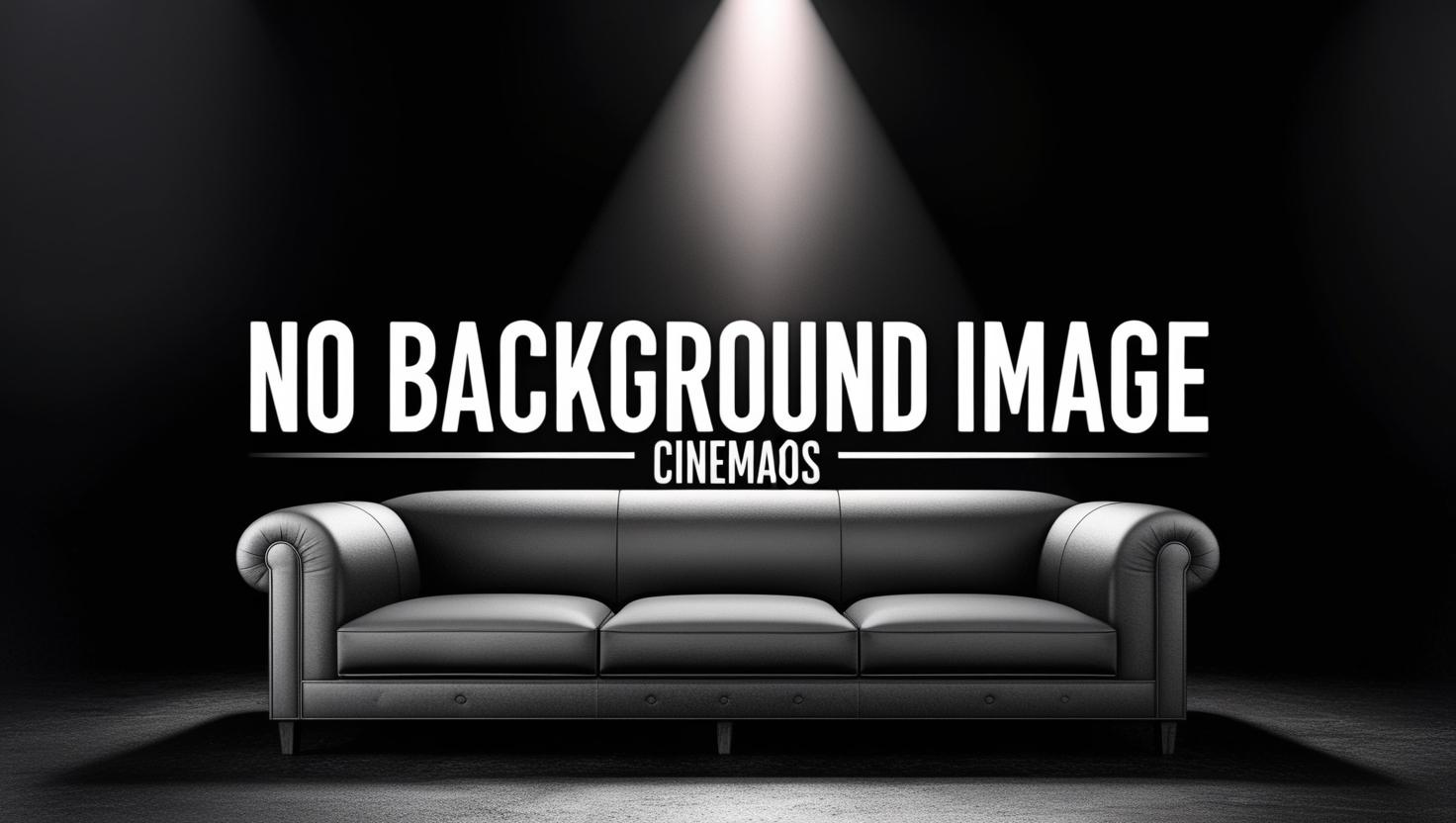
Cast & Crew
12 members
Acting
Lucie-Eléonore Riveron
Unknown Role

Acting
John Karp
Unknown Role

Acting
Benoit Couty
Unknown Role

Acting
Albertine Meunier
Unknown Role

Acting
Jean-Michel Pailhon
Unknown Role

Acting
Benjamin Spark
Unknown Role

Acting
Cédric Mélado
Unknown Role

Acting
Davy Braun
Unknown Role

Acting
Hermine Bourndin
Unknown Role

Acting
Dimitri Joannidès
Unknown Role

Acting
Romain Verlomme-Fried
Unknown Role

Acting
Joséphine Louis
Unknown Role



















